As TikTok users in the US fret about losing access to the app, they could take a few lessons from India.
Last week, the US House of Representatives passed a bill that could lead to a nationwide ban on TikTok. About 170 million Americans use the app. While they may be confused, they need to know that they can survive and navigate a world without TikTok.
In June 2020, after a clash at the India-China border that left at least 20 Indian soldiers dead, New Delhi abruptly banned TikTok and several other Indian apps. According to Nikhil Pahwa, founder of the technology website MediaNama, the US was the first country to praise India’s decision.
While India’s abrupt decision shocked the country’s 200 million TikTok users, four years later, many have found alternatives. Pahwa points out that the TikTok ban created a multi-million dollar opportunity, and it was ultimately American companies that benefited.
Life without TikTok
The ban was not without its side effects. Indian TikTokers were confused, even angry, in the days and months that followed. TikTok was hugely popular with people looking for a break from the pressures of strict Covid-19 lockdowns.
“Everyone in India wants to be a Bollywood star and TikTok has made that dream come true by turning everyone, including those in small towns, into stars overnight,” said Saptarshi Ray, head of product at Viralo, a Bengaluru-based KOL marketing platform.
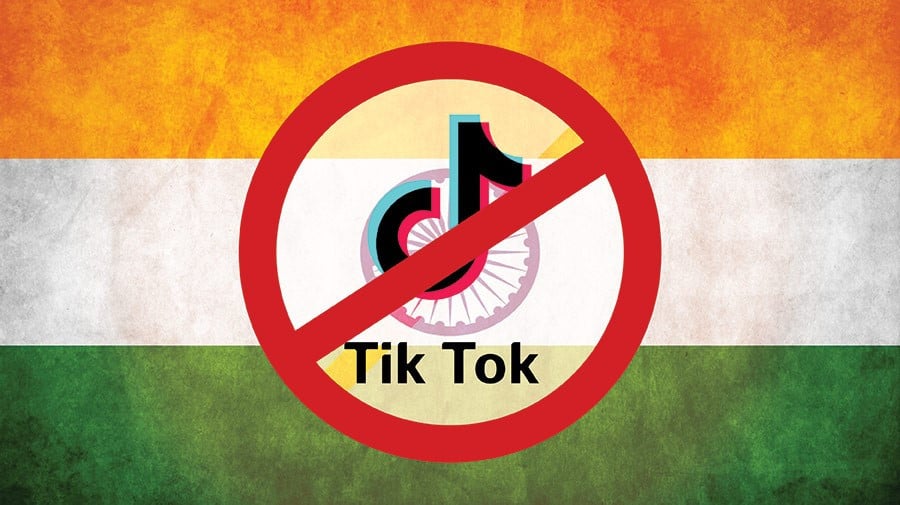
But it didn’t take long for them to find other avenues. A fierce battle ensued between US tech giants and homegrown startups to fill the void. Within a week of the ban, Meta’s Instagram launched Instagram Reels—a TikTok clone—in India. Google introduced its own short-form video service, YouTube Shorts.
Homegrown alternatives like MX, Taka Tak, and Moj also began to gain popularity. However, local startups quickly failed, unable to match the reach and financial firepower of American companies.
Citing independent findings from consultancy Oxford Economics, a Google spokesperson said the “YouTube creative ecosystem” would contribute around $2 billion to the Indian economy by 2022.
According to Ray, Indian creators were quick to move all their old content they shot for TikTok to Instagram Reels and YouTube Shorts. “Some influencers were uploading seven Reels a day and gaining four to five million subscribers a year,” he said.
But not everyone has been able to build a significant following on these platforms. “ A lot of users and creators fell into a deep, dark space after the ban, and some still haven’t come out of it,” said Clyde Fernandes, CEO and artist manager at Opraahfx, an influencer marketing and management company. He noted that the reach of followers on TikTok is still superior to any other platform.
U.S. officials and lawmakers have long voiced concerns that China could force TikTok’s parent company, ByteDance, to hand over data it collects from U.S. users. Cybersecurity experts, meanwhile, say national security concerns around TikTok remain largely hypothetical.
Vivan Sharan, a managing partner at technology policy consultancy Koan Advisory Group, is not sure how TikTok’s removal will affect the cybersecurity landscape. Unless users change their mindset about the software on their phones or what they download from the internet, that’s unlikely to change, he said.
In terms of content and misinformation, with or without TikTok, we still have to grapple with serious issues like deepfakes, Mr. Sharan added.
(According to CNN)
Source



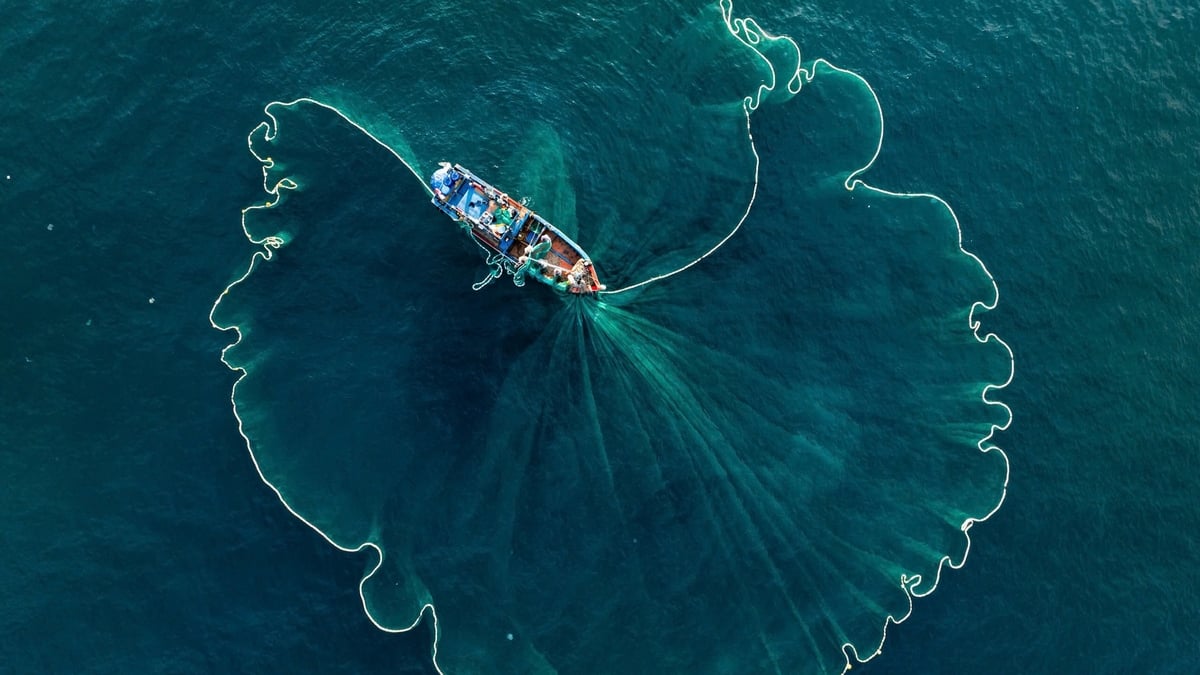
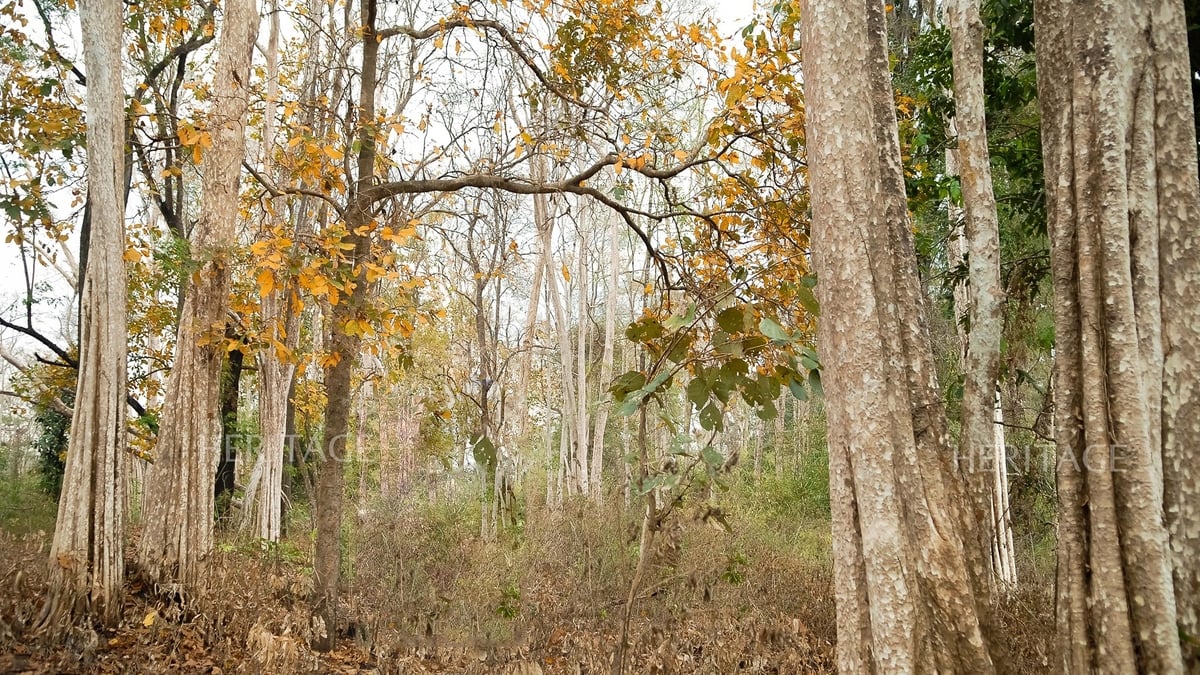
![[Photo] General Secretary To Lam receives First Deputy Secretary General of the African National Congress (ANC) of South Africa](https://vphoto.vietnam.vn/thumb/1200x675/vietnam/resource/IMAGE/2025/5/20/bb2999907e1245d5b4c7310a890d8201)

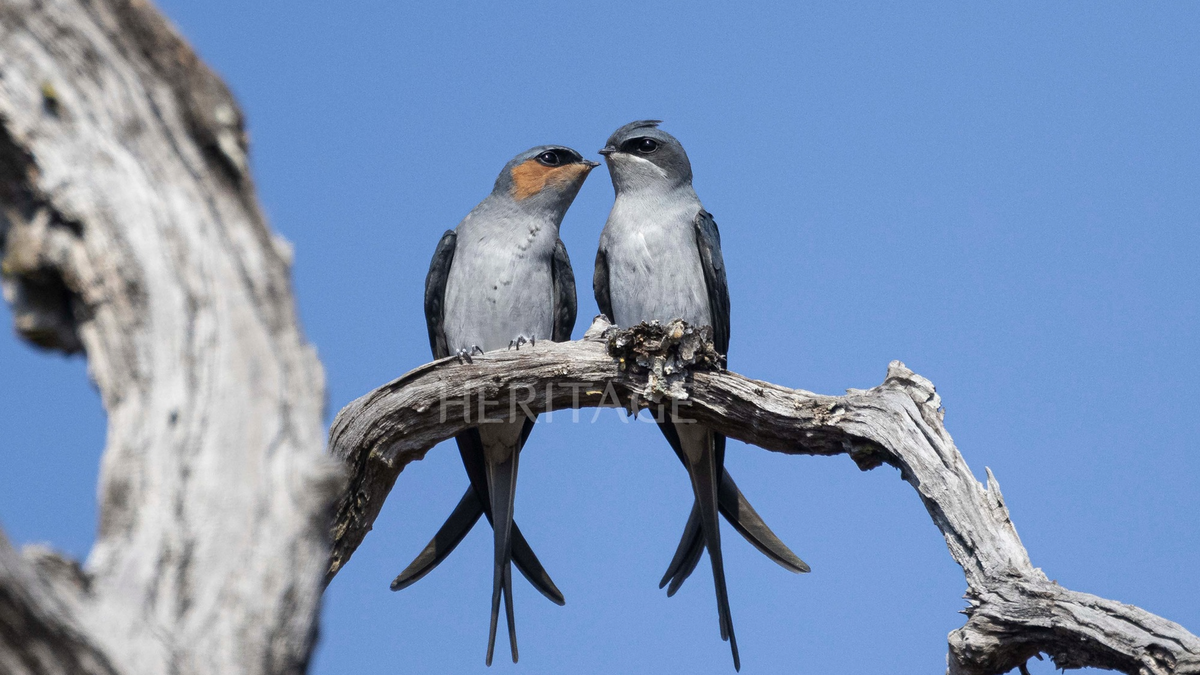




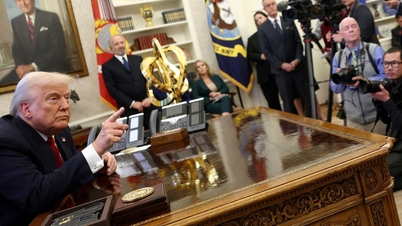

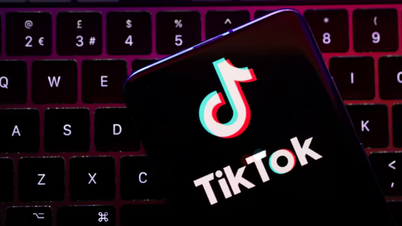




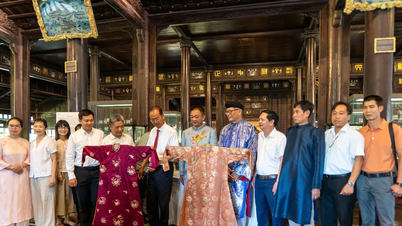



















![[Photo] Vietnamese shipbuilding with the aspiration to reach out to the ocean](https://vphoto.vietnam.vn/thumb/1200x675/vietnam/resource/IMAGE/2025/5/20/24ecf0ba837b4c2a8b73853b45e40aa7)
![[Photo] Award ceremony for works on studying and following President Ho Chi Minh](https://vphoto.vietnam.vn/thumb/1200x675/vietnam/resource/IMAGE/2025/5/20/a08ce9374fa544c292cca22d4424e6c0)









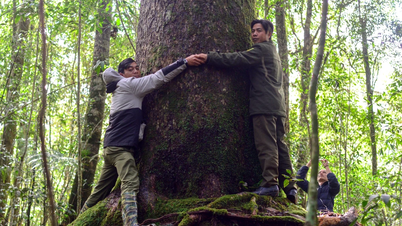


















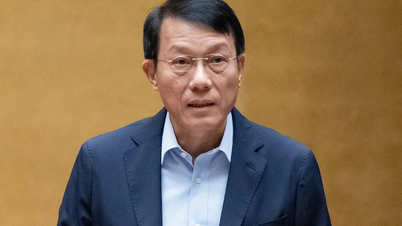
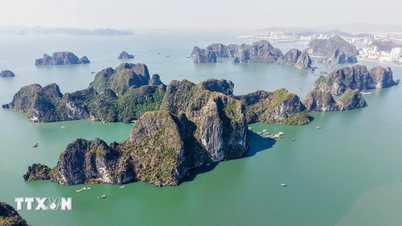





























![[VIDEO] - Enhancing the value of Quang Nam OCOP products through trade connections](https://vphoto.vietnam.vn/thumb/402x226/vietnam/resource/IMAGE/2025/5/17/5be5b5fff1f14914986fad159097a677)
Comment (0)